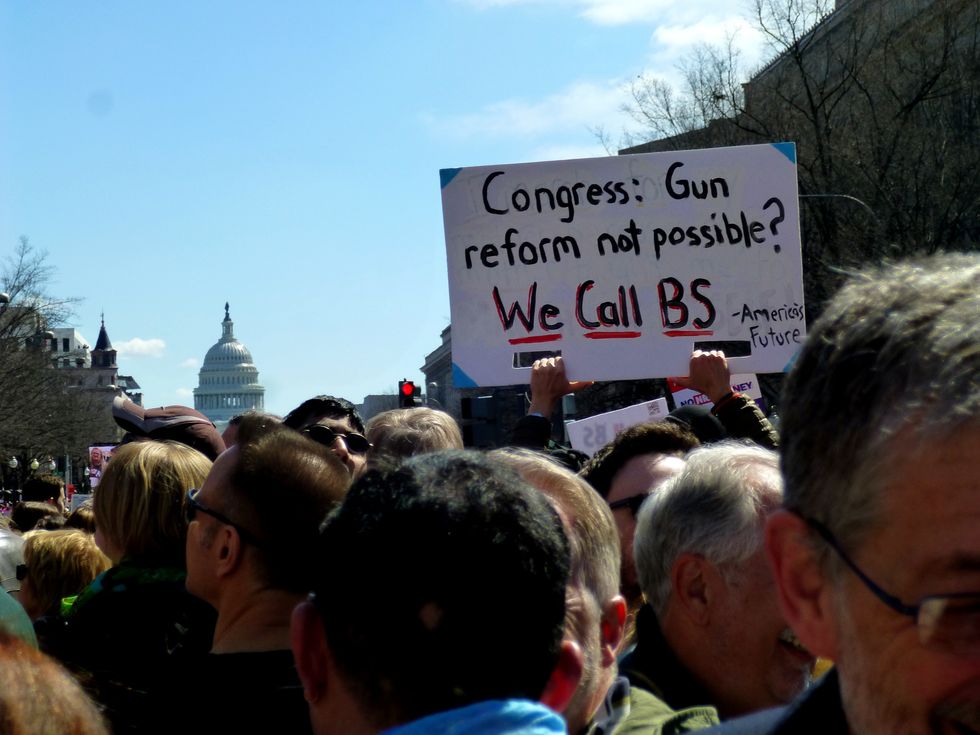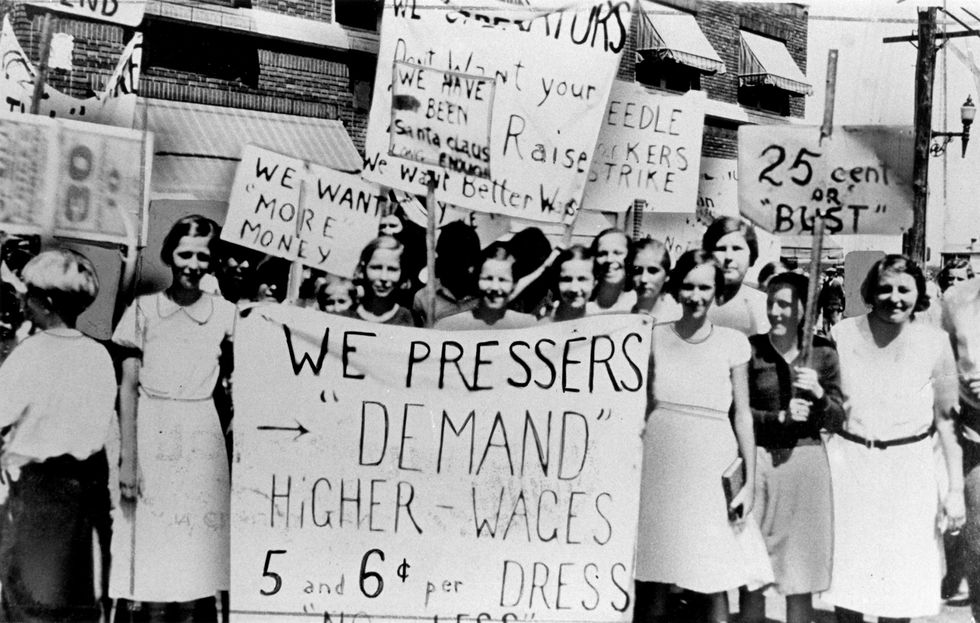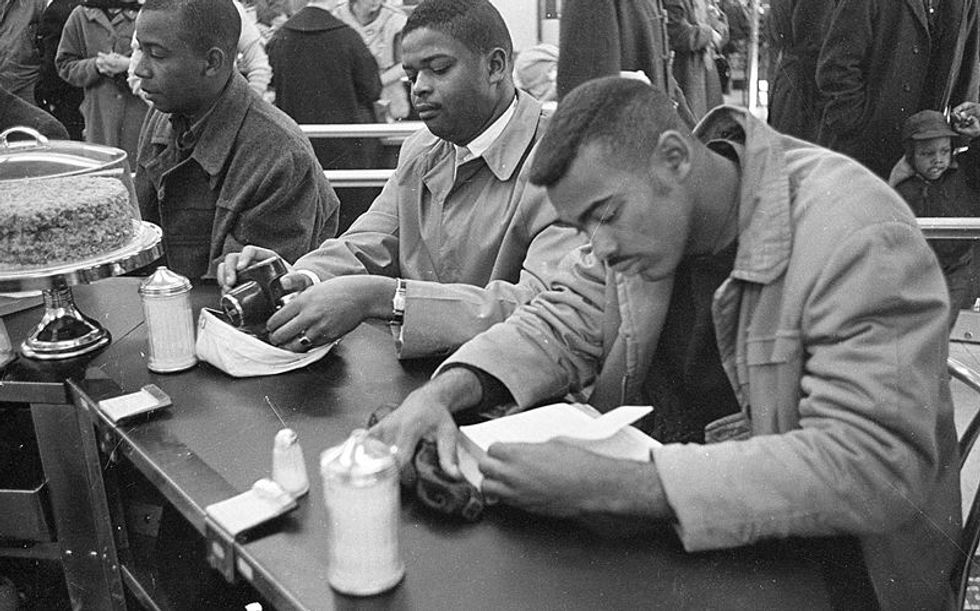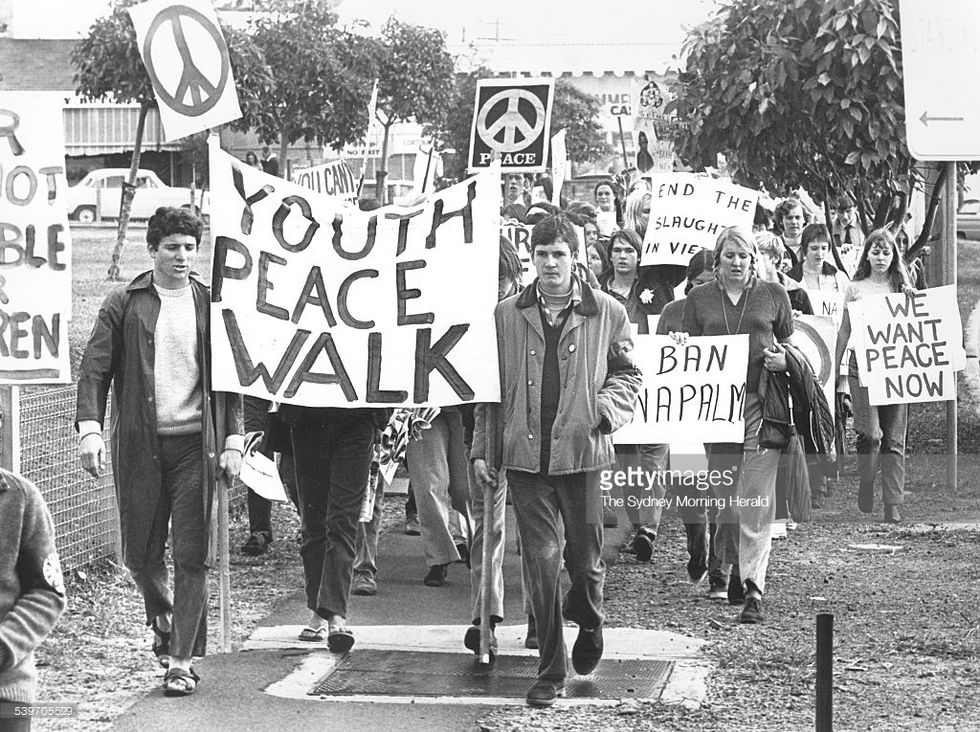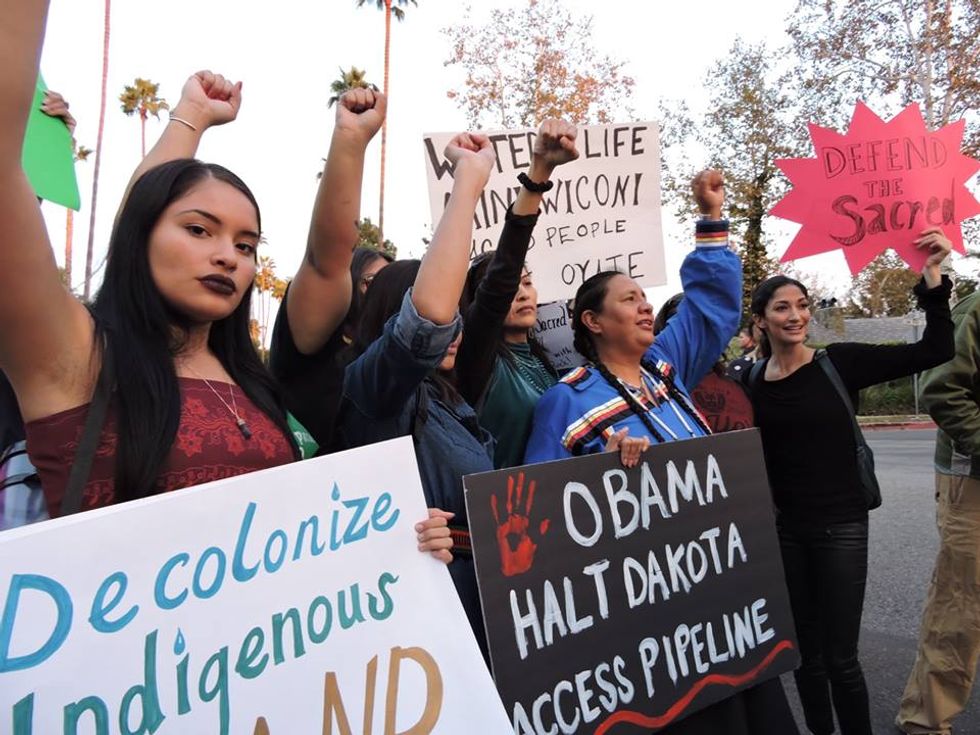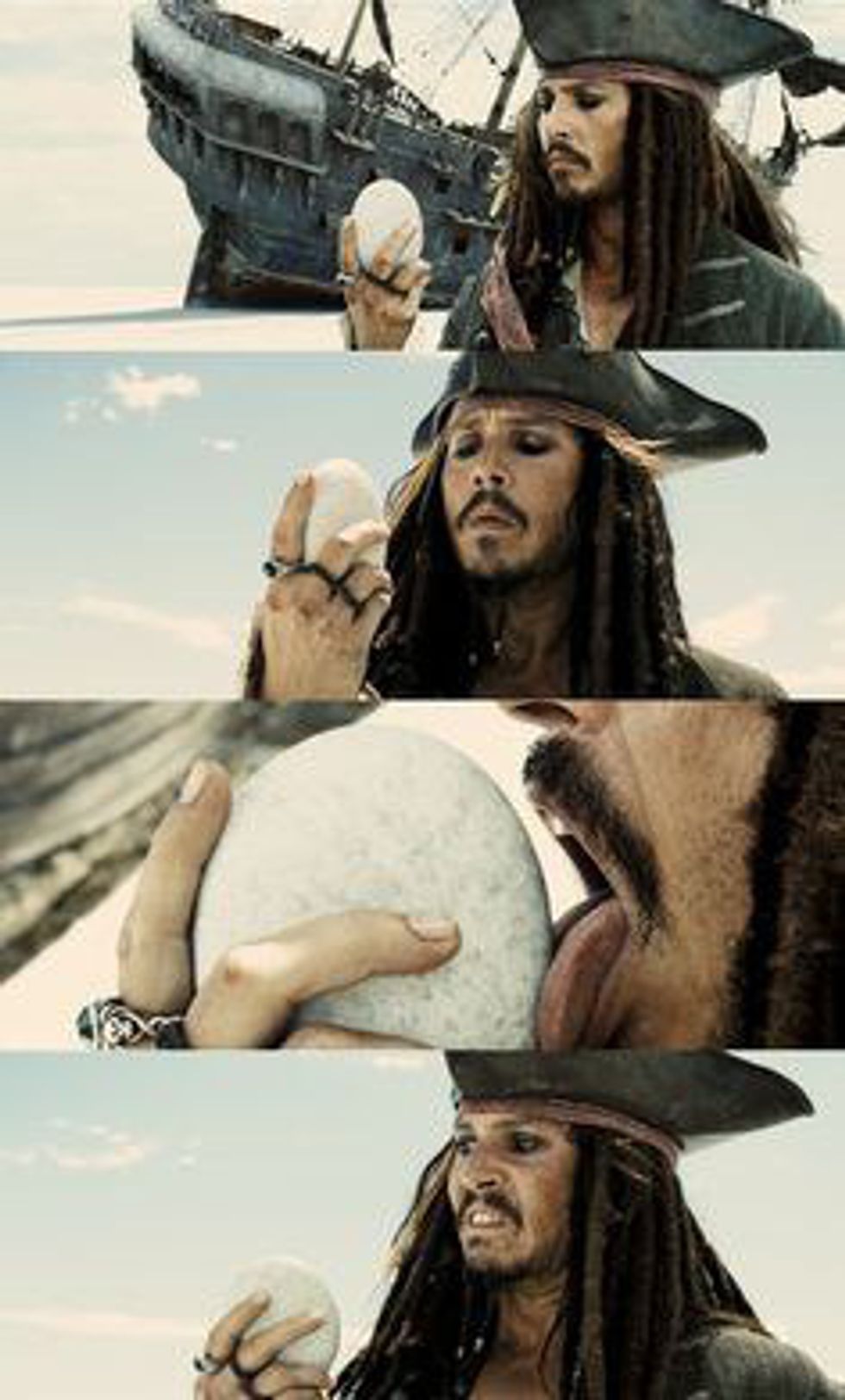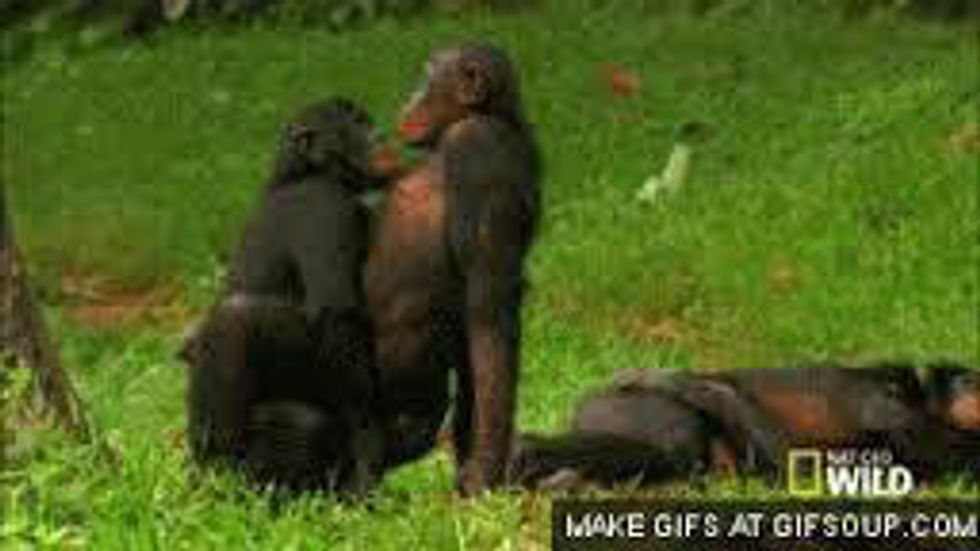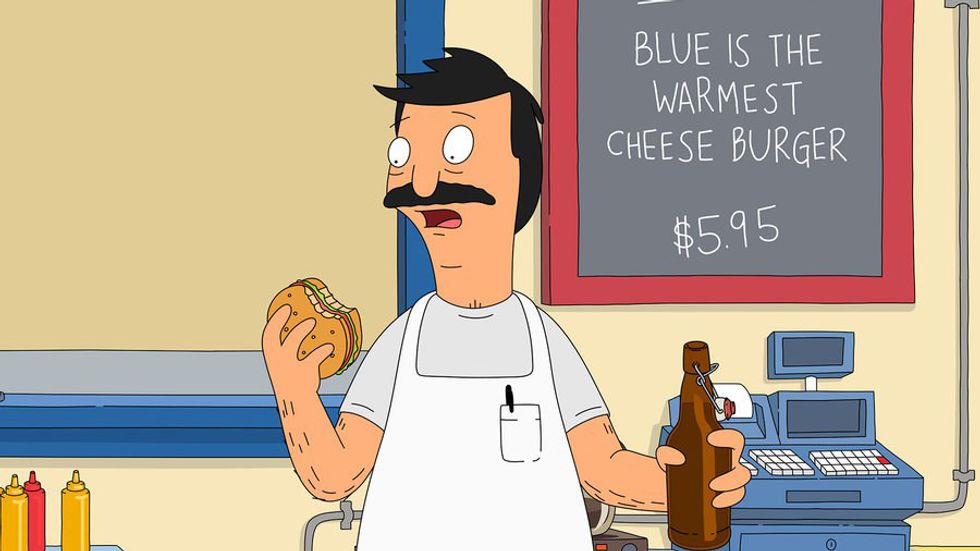The March for Our Lives, which took place on Saturday, March 24, became a massive movement advocating for stricter gun control laws in the United States. A total of at least 1.2 billion people came out, the main protest taking place in Washington D.C. while over 400 other marches went on around the country. Yet, there are still naysayers.
Conservatives the movement unnecessary. Certain gun-lovers say it is an intrusion of second amendment rights to put restriction on gun laws. According to USA Today, conservative radio show host Kevin McCullough was one of them, calling the protesters “angry” and “opportunistic.” The students from Marjory Stoneman Douglas High School who organized the movement have been accused of being crisis actors. And Rick Santorum recently tweeted, “How about kids, instead of looking to someone else to solve their problem, do something about maybe taking CPR classes or trying to deal with situations where there is a violent shooter and you can actually respond to that?”
Why all the backlash? Don’t they know that young people have been the driving force of change in society for a long time? The March For Our Lives is easily comparable to the major political movements over the last century have been led by students and have led to huge changes in laws for the better of society.
1910s to 1930s: Movement for Better Working Conditions
This was one of the largest movements of students before World War I. Students on college campuses around the country formed alliances with working-class women and other disadvantaged groups in order to call for improved working conditions. The driving force was the Intercollegiate Socialist Society which ended up with 1,300 members on 70 college campuses.
1960s: The Civil Rights Movement
Usually, what comes to mind when people talk about huge movements in the United States, the Civil Rights movement was largely driven by the youth. They participated in sit-ins and protests that gained massive attention and support from allies of other races. They were part of individual groups such as the Southwide Student Leadership Conference on Nonviolent Resistance to Segregation which contained participants from over 56 colleges and the Student Nonviolent Coordinating Committee.
1960s: The Vietnam War
Comparable to the March For Our Lives in size, protests against the Vietnam War mainly began with college students starting with the Students for a Democratic Society voicing their opposition. This led to a protest of 100,000 people at the Lincoln Memorial and later 30,000 at the Pentagon attracting activist such as Martin Luther King Jr. to join in the fight.
2015: The Dakota Access Pipeline
More recently, the Dakota Access Pipeline was a huge source of controversy a few years ago where the government planned to build an oil pipeline on the Standing Rock Reservation which would have negatively impacted the environment of the Lakota Sioux people. Huge protests went on during that time, again driven by young people such as the One Mind Youth Movement that campaigned against the pipeline.
As the biggest youth-led movement since the Vietnam War, the March For Our Lives has the potential to bring about big change in the world and the momentum doesn’t seem to be slowing down.
Little does the government and those that doubt us realize that we are the future and we have the power to make changes now. Our political leaders we depended on to provide a safe and productive society have failed and like those who preceded us, the next generation is here right now to show them that we will not stand for it.

